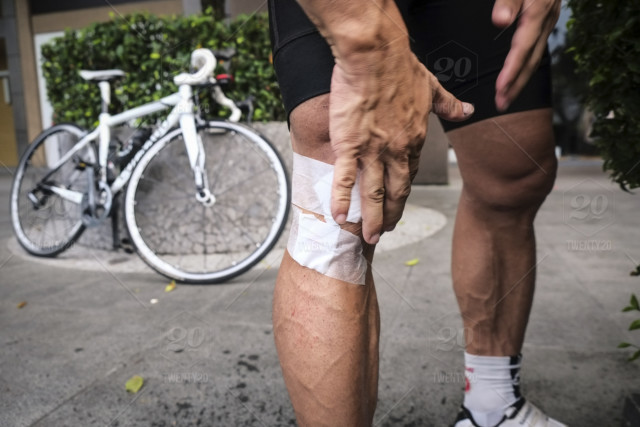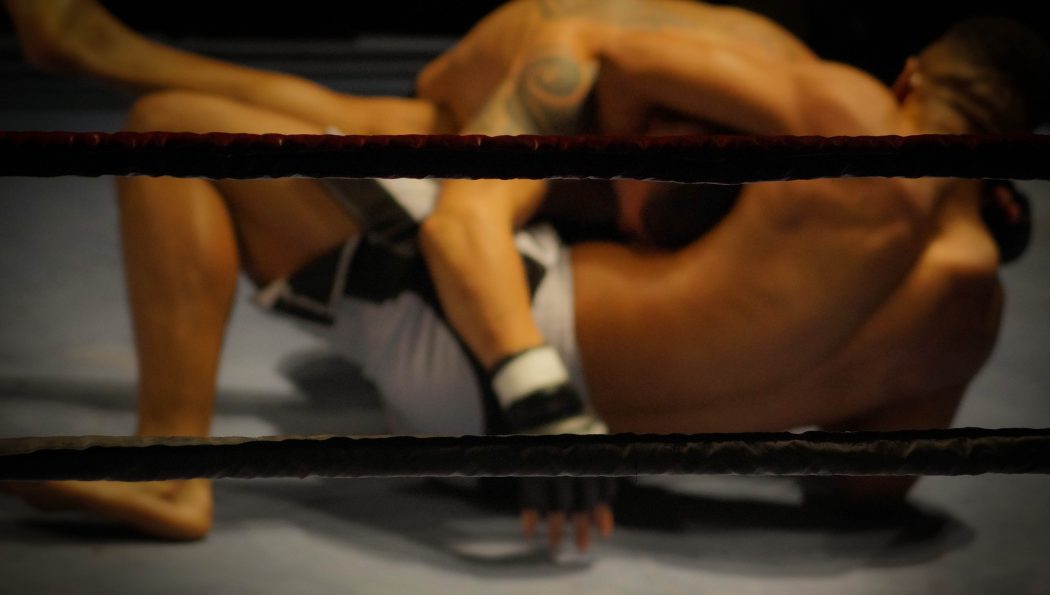Wrestling Injuries and How to Prevent Them
Wrestling is an extreme and demanding game most commonly practiced in the high school, college and Olympic level. Wrestlers, regardless of whether they are training for Olympic wrestling or not, may wind up with a few distinctive sports accidents. While most wrestling accidents incorporate the common strains and sprains, acute, traumatic and strange accidents can happen as well. Using appropriate safety equipment and learning good technique from a reputable coach can go a very long way to reducing the possibility of accidents during wrestling.
Wrestling Injury Statistics
Based on data gathered from the Center for Injury Research and Policy, soccer and wrestling are both high school sports having the maximum risk of severe harm to athletes. The National Collegiate Athletic Association Injury Surveillance System stated that the injury rate for faculty wrestlers is 9.6 injuries per 1,000 athlete exposures. Of those accidents, most occur during rivalry, especially during take-downs.
The Most Frequent Wrestling Injuries
While severe wrestling accidents do happen from time to time, fortunately, the most frequently encountered wrestling injuries aren’t severe and are much like those seen in different sports. These include:
Bruises and Contusions
Take-downs, sparring, and difficult landings all lead in a number of bruises and injuries to wrestlers.

Sprains and Strains
The best treatment for sudden sprains and strains is your R.I.C.E. technique. R.I.C.E stands for Rest, Ice, Compression and Elevation. First, you need to avoid using the muscles related to the injured area for at least 48 hours. Second, applying ice for 20 minutes, 4-8 times a day on the injured area. If you wish to reduce the swelling, compression on the injured area helps. Talk to your doctor to discuss the options on how to apply compressions. Lastly, elevate the wounded part above the heart level. This supports a downward passage of the fluid around the injured part to flow back to the heart. Here are 2 types of sprains that often happen:
- Ankle Sprains
Ankle sprains happen whenever there’s a stretching and tearing of ligaments surrounding the ankle joint. - Wrist Sprains
A sprained wrist usually takes place when a wrestler moves or tears the ligaments of the wrist. Falling or landing on the hands is a common reason for wrist injuries. Falling in wrestling is in fact, a serious issue that proper training for fall prevention is advised.
Overtraining Syndrome
Overtraining syndrome often occurs in athletes that train past the body’s ability to recuperate.
Dehydration
Another severe health issue that lots of wrestlers cope with includes dehydration when attempting to”make weight”
Muscle Soreness
This is the form of muscle soreness experienced 12 to 48 hours after a workout or competition. Getting enough rest is often all that’s required to recuperate.
The Serious Wrestling Injuries
The serious wrestling injuries impact the shoulder, elbow, neck, and knee. The statistics suggest that most frequent cause of wrestling accidents is pushing a joint outside it is the acceptable assortment of movement. The most common severe or traumatic wrestling accidents include:
Shoulder Injuries
Almost all upper body and shoulder accidents in wrestlers are brought on by the combination of twisting and leverage throughout competitions.
- Rotator Cuff Injury
- Shoulder Separation
- Shoulder Dislocation
Knee Injuries
Almost all knee injuries in wrestlers are associated with the ligaments of the knee joint.
Elbow Dislocation
Elbows are under great muscular pressure through wrestling maneuvers, and dislocations of the radial head tend to be associated with a fall on an overstretched arm during take-downs when the wrestler braces for a drop.
Neck Injuries
The cervical vertebrae are usually moved into risky places during several wrestling moves, which may lead to many varieties of neck injuries.
- Neck Strain
- Whiplash
- Cervical Fracture
Other Wrestling Injuries
This list consists of other injuries that a considerable number of wrestlers are likely to have at one time or another. Although these accidents aren’t among of the most frequent, should you wrestle, you might have or know somebody who had some of the next wrestling-related accidents.
- Achilles tendinitis
- Achilles tendon rupture
- Ankle sprains
- Clavicle (shoulder) Fracture
- Concussion
- Finger fractures
- Groin pull
- Hamstring pull, tear, or pressure
- Iliotibial band syndrome
- Meniscus tears
- Pulled or strained calf muscle
- Wrist sprains
- Wrist tendinitis
Safety Strategies for Wrestlers
Wrestling needs a high amount of flexibility, strength and proper technique to avoid harm. It is vital for athletes to possess proper education and coaching also to always follow basic safety measures. If proper fall prevention steps are not taken (injury prevention), the injuries listed above will affect the performance and wellbeing of wrestlers. Precautionary steps are very important. Below are a few hints in the best wrestling coaches along with the National Athletic Trainers Association.
- Training with an extremely skilled and competent wrestling coach that specializes in appropriate wrestling safety training is important.
- Improve joint flexibility. Studies indicate that wrestlers using a high amount of shoulder versatility suffer fewer shoulder injuries. The flexibility of lower back, elbows, hamstrings, and cervical spine, however, can also be significant.
- Prevent dangerous retains and”slamming” moves. Coaches and referees will need to rigorously enforce rules to promote secure wrestling technique and using appropriate safety equipments.
- Prevent dramatic loss of weight and weight reduction strategies by keeping good hydration and nourishment during the season.
- Wear proper safety equipment , such as headgear and mouth guards throughout all wrestling clinics, tournaments and meets.

